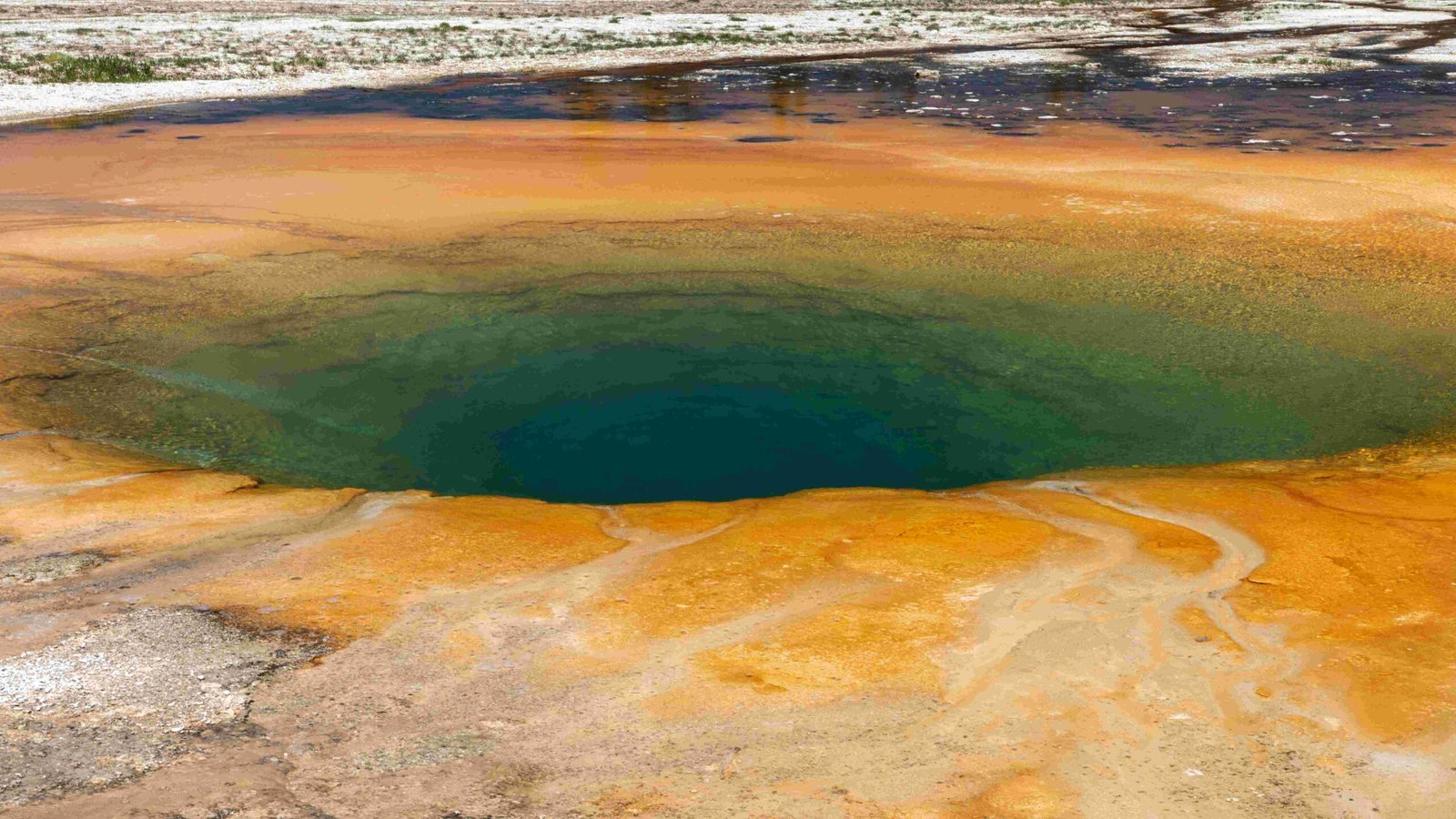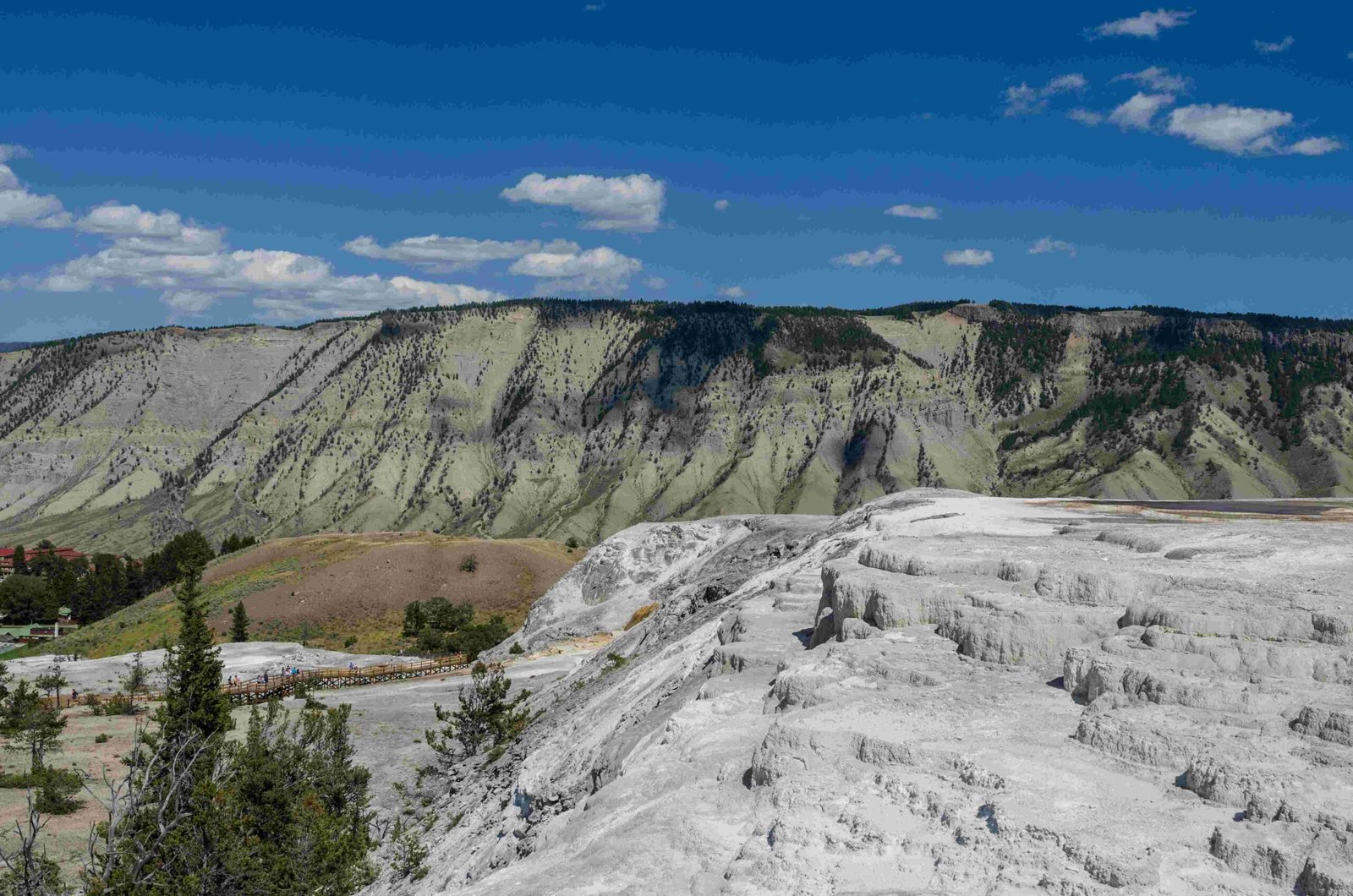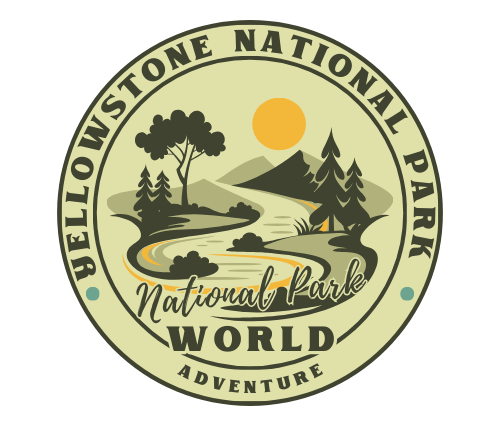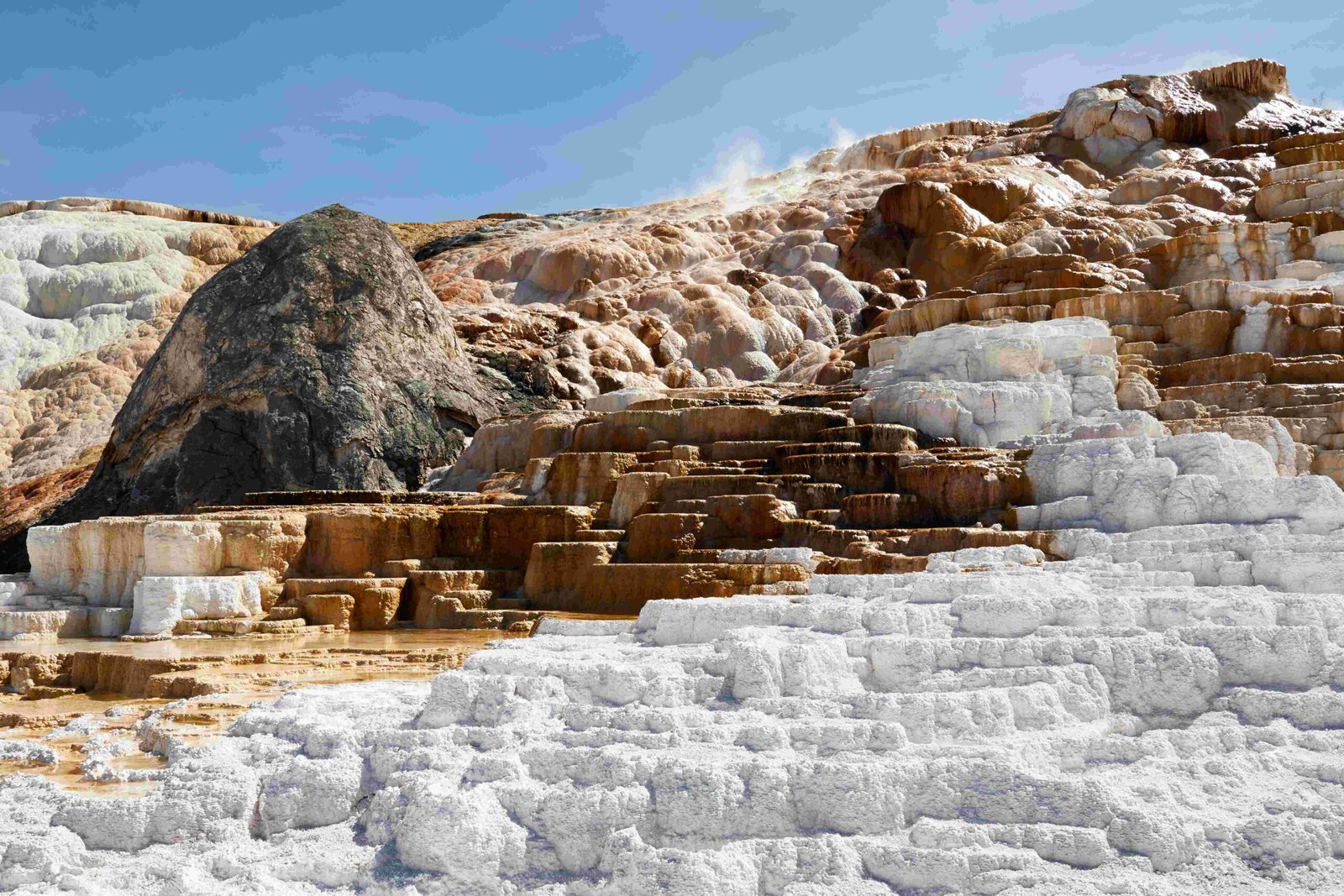Yellowstone National Park offers an unparalleled road biking experience, combining breathtaking landscapes with diverse wildlife encounters. Cyclists can explore over 300 miles of paved roads, showcasing the park’s geothermal wonders, pristine lakes, and rugged mountains. From leisurely rides to challenging routes, road biking in Yellowstone provides a unique way to immerse oneself in the natural beauty of America’s first national park.
What Are the Best Road Biking Routes in Yellowstone National Park?

Yellowstone National Park boasts several exceptional road biking routes that cater to various skill levels and interests. Here are some of the most popular trails:
- West Yellowstone to Madison Junction
- Length: 14 miles one-way (28 miles round trip)
- Terrain: Mostly level
- Surface: Paved and unpaved roads
- Highlights: Elk, bison, and waterfowl sightings
-
Estimated biking time: 2-4 hours
-
Old Faithful to Morning Glory Pool Bike Path
- Length: 2 miles round trip
- Terrain: Slightly uphill on return
- Surface: Paved
- Highlights: Old Faithful Geyser and Morning Glory Pool
-
Estimated biking time: 1-2 hours
-
Lone Star Geyser Trail
- Length: 3.5 miles round trip
- Terrain: Dirt road with hills
- Surface: Dirt
- Highlights: Lone Star Geyser, shaded ride, and downhill return
-
Estimated biking time: 2-3 hours
-
Mount Washburn Bike Trail
- Starting point: Chittenden Road parking area
- Terrain: Decent climb
- Surface: Paved and gravel
- Highlights: Fantastic views from the top
-
Estimated biking time: 3-5 hours
-
Riverside Bike Trail, West Yellowstone
- Length: Varies, but generally level
- Terrain: Gravel road
- Surface: Gravel
- Highlights: Madison River, elk, deer, and moose sightings
- Estimated biking time: 2-4 hours
What Are the Essential Safety Tips for Road Biking in Yellowstone?

When road biking in Yellowstone National Park, safety should be your top priority. Here are some crucial tips to ensure a safe and enjoyable experience:
Recommended Gear
- Helmets are mandatory for all cyclists
- Bear spray is highly recommended
- Bring layers for rapid weather changes
- Carry a map or GPS device
- Pack plenty of water and snacks
Wildlife Precautions
- Give wild animals the right-of-way
- Do not approach, chase, or feed wildlife
- Be especially alert for bears in areas like Madison Junction to Old Faithful
- Make noise to avoid surprising animals
Traffic Regulations
- Ride single file on the right-hand road shoulder
- Be aware of administrative vehicles, including heavy construction equipment
- Bicycling is only allowed during daylight hours
- Cycling is prohibited on backcountry trails, boardwalks, and oversnow routes
What Are the Elevation Changes and Surface Types of Popular Trails?
Understanding the terrain and surface types of Yellowstone’s biking trails can help you prepare for your ride. Here’s a breakdown of some popular routes:
| Trail Name | Length | Elevation Change | Surface Type |
|---|---|---|---|
| West Yellowstone to Madison Junction | 28 miles round trip | Mostly level | Paved and unpaved |
| Fountain Flat Drive to Midway Geyser Basin | 3.2 miles round trip | Minimal | Gravel |
| Old Faithful to Morning Glory Pool | 2 miles round trip | Slight uphill on return | Paved |
| Lone Star Geyser Trail | 3.5 miles round trip | Hilly | Dirt |
| Mount Washburn Bike Trail | Varies | Significant climb | Paved and gravel |
| Riverside Bike Trail | Varies | Generally level | Gravel |
| Old Gardner Road Trail | Varies | Smooth terrain | Paved and gravel |
How Can I Plan My Road Biking Trip to Yellowstone National Park?
Planning a road biking trip to Yellowstone requires careful consideration of several factors:
-
Best Time to Visit: The prime biking season in Yellowstone is from April to November, with June to August being the busiest months.
-
Bike Rentals: If you’re not bringing your own bike, rentals are available in West Yellowstone and other nearby towns.
-
Accommodation: Book lodging well in advance, especially during peak season. Options range from campgrounds to hotels within and around the park.
-
Park Entrance Fees: Check the current entrance fees on the official Yellowstone National Park website.
-
Weather Conditions: Be prepared for rapid weather changes. Check the forecast before your ride and pack accordingly.
-
Fitness Level: Choose routes that match your fitness level and cycling experience.
-
Group Size: Consider joining a guided tour or riding with a group for added safety and enjoyment.
What Are the Unique Challenges of Road Biking in Yellowstone?
Road biking in Yellowstone presents some unique challenges that cyclists should be aware of:
-
Wildlife Encounters: Be prepared for potential encounters with bison, elk, and bears.
-
Altitude: The park’s high elevation can affect your stamina and breathing.
-
Traffic: During peak season, roads can be busy with tourist vehicles.
-
Limited Cell Service: Many areas of the park have no cell phone coverage.
-
Geothermal Features: Stay on designated paths to avoid dangerous hot springs and geysers.
-
Rapid Weather Changes: Be prepared for sudden temperature drops, rain, or even snow.
By understanding these challenges and preparing accordingly, you can ensure a safe and memorable road biking experience in Yellowstone National Park.

